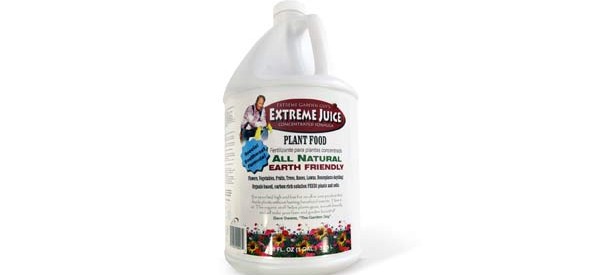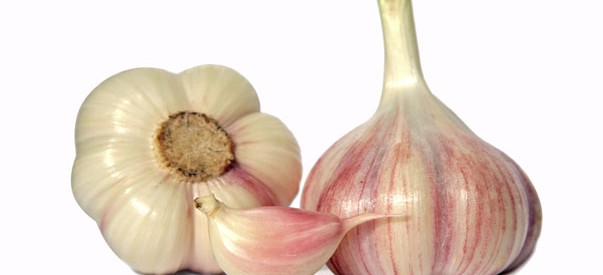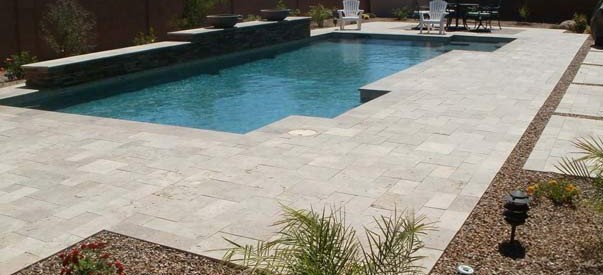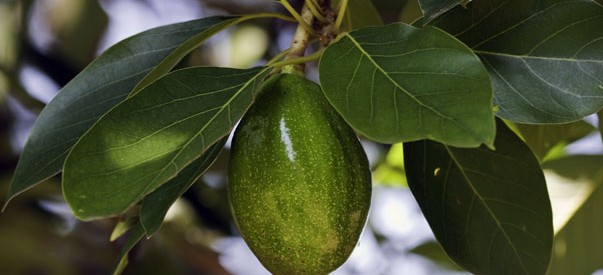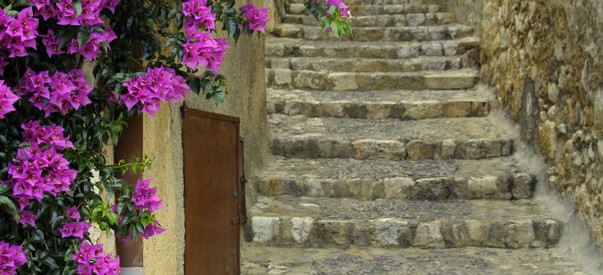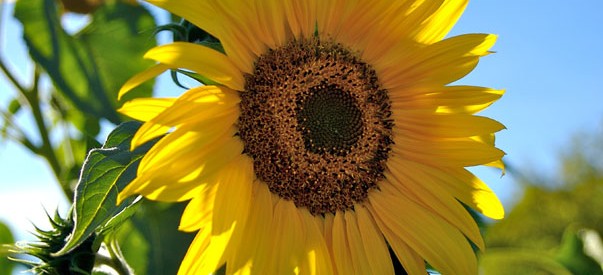Your cart is empty
When to Plant Bare-Root Roses
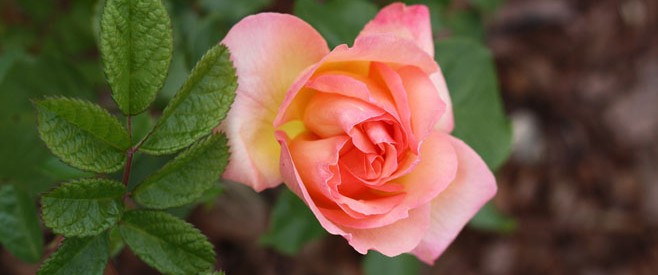
Bare-root roses may look deceiving when first purchased, with their absent leaves and brown roots, but once planted, and given proper care, you will receive beautiful blooms. The reason for the absence of leaves and brown roots is due to the fact that bare-root roses are in a dormant state, which prevents transplant shock and allows for easier planting. It is best to plant them in the spring and late … Read More →

